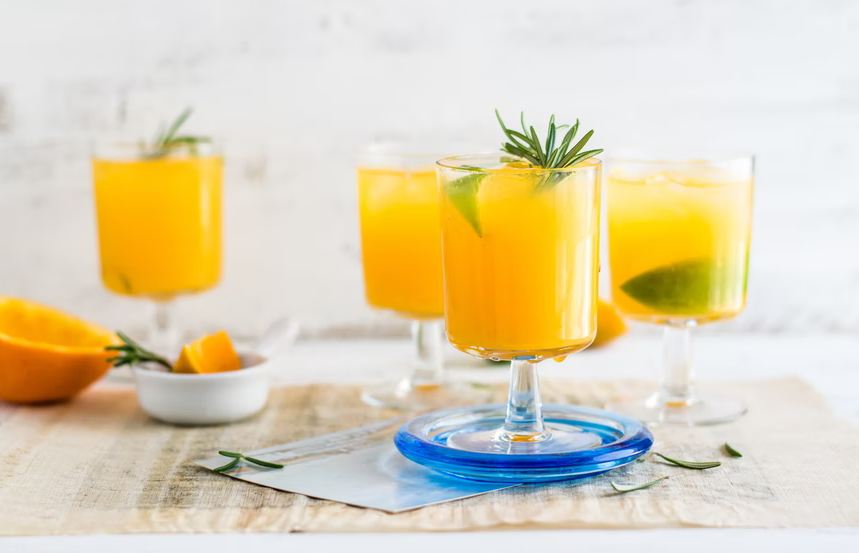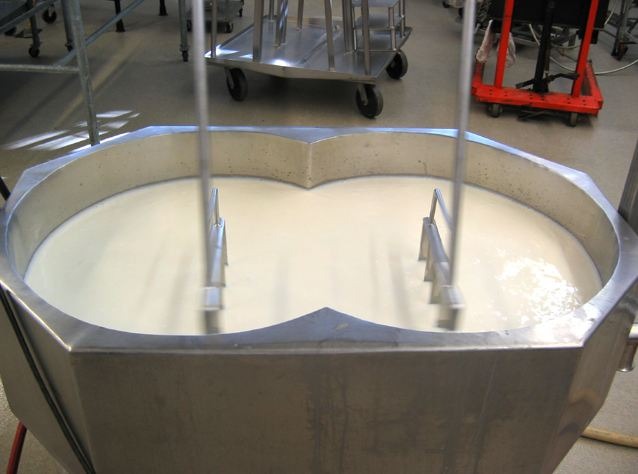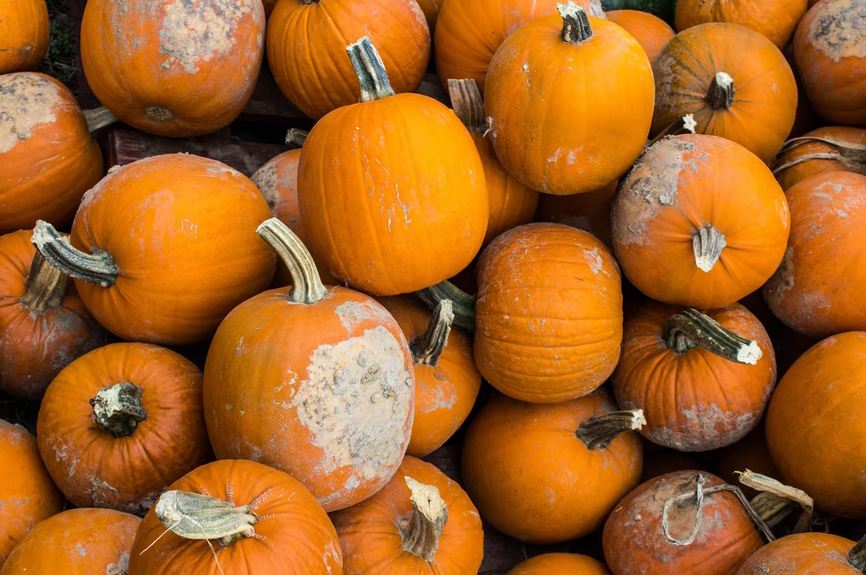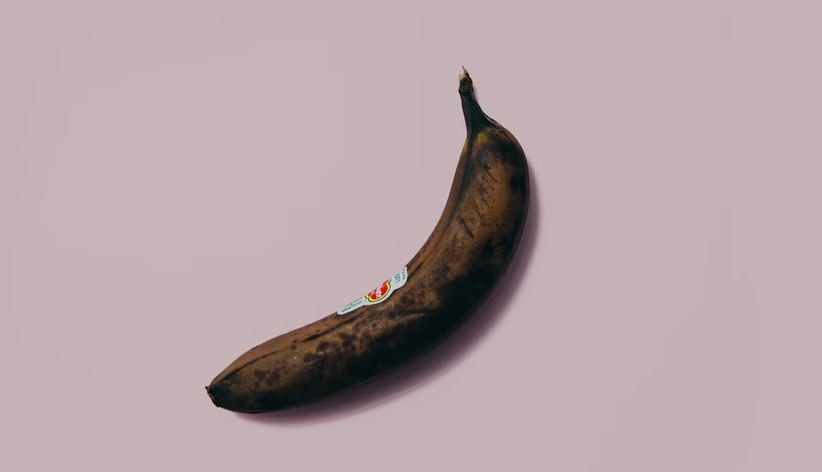We’ve all learned about pasteurized milk, whether it’s in our high school’s science book or a TV commercial about healthy food intake. It is a term that gained popularity in the 19th century when heating was discovered to relate to the deactivation of the microbes in food.
There are other beverages too that we drink, like water, juice, and fizzy drinks. If milk can be pasteurized, why can’t we do it to everything we eat or drink? There are various reasons for that, one of them being the change in the texture of the content. Would it be a good idea to pasteurize juice like milk on an industrial scale? Well, there are a few things you should know before getting the answer to this question.
Pasteurization
While doing his research on microbes or germs, Louis Pasteur, a French scientist, discovered that some harsh conditions can kill these germs. And since microbes are responsible for spoiling most of our food items, he used these conditions on wine to kill harmful bacteria. One of these harsh conditions has been known to us as pasteurization for over a century.
Today, pasteurization is used in various food processing industries. In this process, the foods are treated with mild heat, usually less than 100°C or 212°F. This process melts down the microbes or at least deactivates their enzymes and stops them from spoiling the food. This does not remove bacterial spores but only destroys the active germs.
Why Juice Needs Pasteurization?
Traditionally we have used pickling and salting our foods to increase their shelf-life, which is the time from being made to getting spoiled or inedible. Spoiled food tastes bad, smells bad, looks bad, and can make you sick.
There are various illnesses you can get from drinking contaminated juice. The majority of food-related diseases happen due to contaminated food. One way to lower that risk is to ensure that the food that reaches your table has been processed thoroughly and all the harmful bacteria in it are dead. Otherwise, foodborne infections like Campylobacteriosis, Cryptosporidiosis, Listeriosis, Salmonellosis, and others are a threat for you.
Harmless and harmful microbes can be found in fields where the fruits are harvested. One cannot stop the juice from contamination by packing it right away after taking it out of the fruits. This means that even harvested foods without exposure to contamination can cause foodborne diseases, but we must keep in mind that the natural plant layers of fruits are made to keep those germs out, so it is not that hazardous if you peel and juice the fruit properly.
To prevent these problems, many companies and governments regulate the quality of their juicy products. Pasteurization is an easy and convenient method that helps eliminate the contamination present in the drink.
Unpasteurized Juice
You may have made a juice from fresh fruits in your home and drank it without any extra steps. That is an unpasteurized juice consumed directly after being made without any boiling or heat processing. It contains all the intact nutrients from the fruit and the microbes, but since plants also have immune systems that keep out infectious bacteria so you will be safe by just washing the fruit and cutting off the infected parts.
Not all unpasteurized juices are harmful; as we learned before, pasteurization is one way to increase the shelf-life of foods. Moreover, other methods that we use to kill bacteria in the food can include either chemical preservatives or filtering. Filtering a juice is not a good idea since it will take out all the nutrients, so we use chemical preservatives. These preservatives lower the pH of the juice, deactivating the enzymes that help bacteria cause an infection.
Pasteurized Juice
After the 1870s, milk was regulated in the United States for being pasteurized, and still, the dairy factories are inspected regularly to ensure they are following the standards. Juice has a higher pH, so spoiled juice is generally not fatal, so it was not regulated strictly. However, by 1999, most liquid products were treated with heat to remove the germs in them.
Pascalization or High-Pressure Processing (HPP) and Pulsed Electric Field (PEF) are non-thermal processes used to pasteurize foods. The cold HPP deactivates the virus, yeasts, molds, and parasites present in the food. PEF involves the use of short electrical pulses for microbial inactivation while causing the least damage to the food.
Pros and Cons of Pasteurized Juice
Heat pasteurization is the most common type of pasteurization that can give the juice a different flavor, which is why most store juices taste differently from freshly made juices. Unpasteurized juice tastes better; hence almost everyone has a juicer at home to make fresh juice out of their supervised fruits.
Pasteurized juice has nutrients but not as much as unpasteurized juice. Pasteurizing the juice means heating it, which kills any bad bacteria and vital nutrients. Heat causes vitamins to degrade and de-stabilize, and there are some proteins that our body cannot make; having those proteins decompose while heating our only source of them is not a good idea.
Processed orange juice has 26% fewer antioxidants than unprocessed one. Pasteurization is proven to reduce the vitamin C in juices, but some researchers like Sarah Ash, professor of nutrition at NC State University, tell that the loss is not that much, and pasteurized orange juice remains a good source of folate.
Difference between Pasteurized Milk and Juice
The actual process for pasteurizing milk and juice is the same; both are filled in a container then heated directly or indirectly until their temperature is high enough to kill the microbes in the liquid. The difference is in seriousness by which both are pasteurized, most countries don’t have strict regulations on pasteurizing juice, but for milk, the strictness is everywhere.
Milk contains very mild acid and other nutrients, which make it a good breeding ground for bacteria, while juices generally have a lower pH which makes them more immune to bacteria which increases their shelf-life. Contaminated milk can cause death, but infections from contaminated juices are not that serious.
Yes, the Juice Is Pasteurized
The first product that was pasteurized intentionally was wine, followed by commercial pasteurization of milk. With the success of milk, people started to pasteurize other food items, including juices, which enabled long-distance transport of juices and expanded the juice market. No doubt that the quality was lost, but with the majority of nutrients being preserved with some flavors, pasteurization has become a norm in juicing industry.
Like other liquids in the market, the juice is processed whether it’s adding preservatives, artificial flavors, nutrients, or something else. But to transport juice over long distances, the companies need to maintain a longer shelf-life, which is obtained by removing the bacteria from the juice by pasteurization. So, yes, the juice is pasteurized like milk is.






